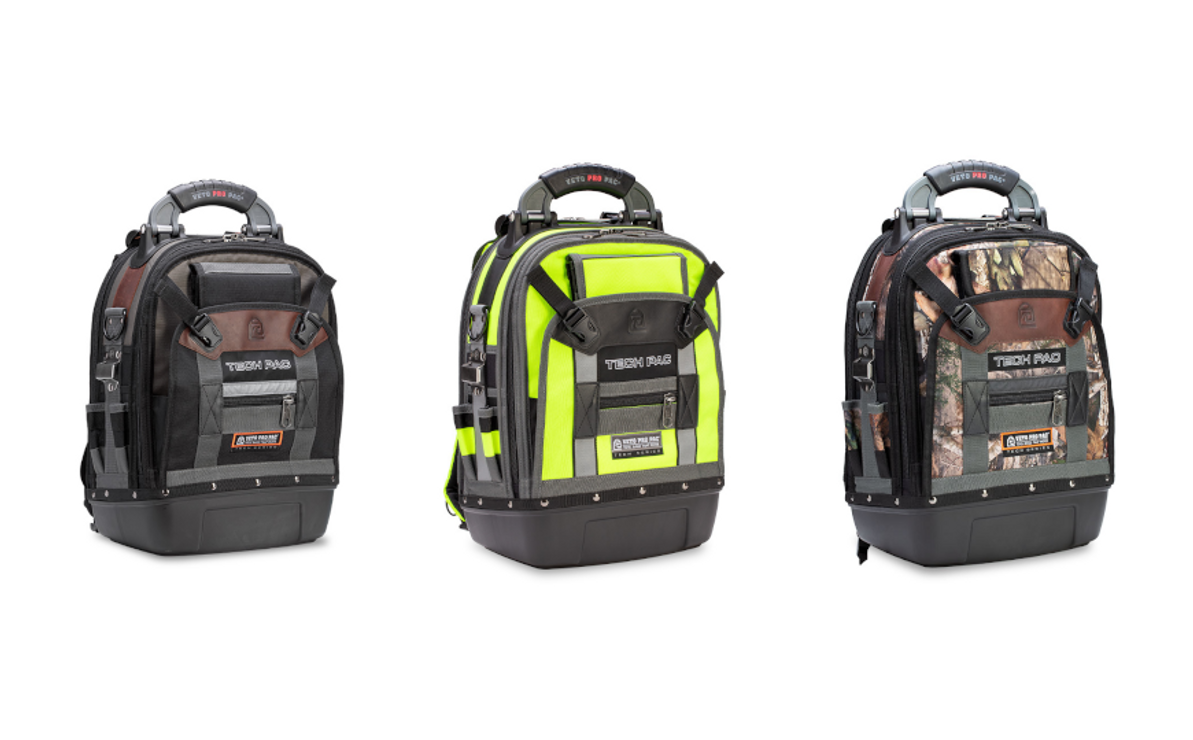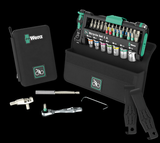How to Set Up A Tool Bag
If you’ve ever opened your tool bag to find a jumbled mess of tools, you understand why organization is important for tradesmen. Not only does it boost your productivity when you’re on the job (who has time to be rummaging for ten minutes for a screwdriver?) but a good organization system also helps save you money by protecting your tools from the damage that can occur when you let them ram against one another.
In this guide, we will go more into detail about why you need to step up your organization, the importance of choosing the right bag for your needs, and how to find the optimal setup for your tools.
WHY ORGANIZATION MATTERS
We’ve already talked about it, but let’s reiterate. An organized tool bag:
- Saves you time by making your tools easily accessible, allowing you to focus more on the job.
- Saves you money by preventing damage to your very expensive tools.
But good organization can also:
Make you come across as a true professional. While the messy genius look may fly at other jobs, tradespeople rely on their customers getting the right impression of them from the onset. Rummaging around in your tool bag, losing tools, and taking too long to complete a task because the search for a hammer is eating your minutes is not a good look, and may signal to the customer that your work will similarly be sloppy.
CHOOSING THE RIGHT TOOL SOLUTION
Not all tool carriers are created equal. While the rumbling toolbox was the only practical alternative back in the day, nowadays there is a variety of options to transport your tools.
Toolboxes are still a great alternative for transporting heavy tools. For those who need to transport fewer and smaller tools, a tool pouch may be the better alternative. But if you’re someone who needs to carry a lot of tools from different sites around with you, you’ll want to consider a tool bag backpack.
These backpacks are usually ergonomic with padded shoulder straps to preserve your back health and feature a variety of pockets so that you can carry all that you need. The best tool bag backpack will have:
- Adjustable padded shoulder straps
- A waterproof base
- Ample pockets for tool storage
- Durable zippers
- A laptop pocket/slot
- Relatively lightweight when empty for easy transportation
- Capable of handling heavy weight from tools
- Removeable panels
At the end of this article, we recommend the tool bag backpack that we think is the perfect storage solution.
STEP-BY-STEP GUIDE TO ORGANIZING YOUR TOOL BAG
- Start by grouping your tools. You can start with the frequency of use. Tools that you frequently use should be placed where you can easily grab them in the front or top of the bag. Tools you don’t need can be placed in the back or near the bottom. After figuring out the frequency, you still may need to divide the tools further by fragility. Small, breakable tools should be kept from larger items. Other categories to consider are tool type and function. Keep drill bits relatively close to the drill and extra wires and batteries near their meters for easy memorization.
- Now that you’ve grouped your tools in the optimal organization, it’s time to start with a clean slate. If you’re thinking of keeping your current tool bag you’ll want to give it a good clean and inspect it for damage. Spray lubricant or replace any zippers with obvious wear, and pay attention to any rips near the straps or handles. If the bag is past its prime and will cause you more headaches sooner rather than later, it’s time to replace it. This is also the perfect time to inspect your tools and get rid of any that are damaged or no longer needed.
- (Optional) If you’re keeping your old bag but notice it doesn’t have ample pockets, consider modular pouches or containers that fit within your bag. This keeps small items organized and easy to find.
- Store tools with sharp ends upside down. Seems obvious but so many people forget and end up getting cut reaching into their bag or puncturing holes into the top of their bags.
- (Optional) Keep your tools secure. If you’re using a bag that doesn’t have many pockets, consider utilizing straps, pouches, and clips to keep your tools from shifting around.
- Label what you can. Labeling compartments might seem like overkill, but it can save you time and frustration, especially when you’re in the middle of a complex job.
- Avoid overstuffing your bag. Just because you can doesn’t mean you should. For one, overstuffing will lead to a bad back and breaking the tool bag. Treat yourself and your things more kindly. If you find that you have more tools than what can fit in your bag, consider additional storage you can keep in your vehicle, or a rolling tool bag you can pull along with you.
- Make it a habit to reorganize your tool bag regularly. This ensures that everything is in its place and allows you to adjust your organization system as your tool collection evolves.
- Always put your tools in their homes. “Home” meaning the place they belong. The minute you decide to toss that screw into the depths of the bag is the minute the void of tools begins. Working can be hectic, but don’t let your organizational efforts be in vain; take some time to put the tools back where they belong.
THE BEST TOOL BAG IF YOU’RE CONSIDERING MAKING A CHANGE
If you’ve assessed your tool bag and found it lacking, it’s time to consider other options. There are many amazing bags on the market, but if you liked those features we mentioned earlier about what to look for in a tool bag, we have a good recommendation..
Recent Posts
-
Wera Bicycle tool set
Bike tool set with ratchet, bits, sockets and a bitholding screwdriver in the very compact Tool-Che …2025 Jul 24th -
DUCT CARBON DIOXIDE TRANSMITTER
The duct CO2transmitter uses a highly accurate andreliable non-dispersive infrared (NDIR) sens …2025 Apr 3rd -
Why Veto Pro Pac Has the Best Rated Tool Bags?
When it comes to finding the best rated tool bags, professionals in trades like construction, e …2025 Apr 3rd



